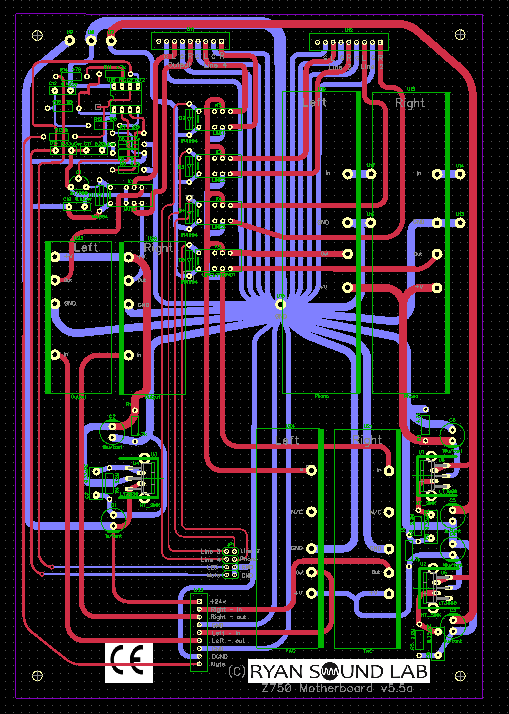Dennis,
OK - here's what I can say. At a friend's urging, I started working on a full preamp over a year ago. I thought I had a really neat circuit design and built a prototype only to find out that it didn't measure up. That was last September. Since then I have re-designed and re-built the prototype preamp to the point that I am now satisfied. It clearly outperforms an RSL 72 (my evaluation) while being able to reuse the same RSL plug-in boards. The hard work ahead is more related to all the hardware parts: cabinets, knobs, transformers, shipping boxes, etc, etc. It's a lot bigger project than just plug-in boards but slowly I have been addressing each of these issues and am getting very close to building prototypes that can be used as loaners. One of these loaners is going to go to the UK, of course (but I'm not taking names just yet).
Some of the features that the RSL Preamp will have include:
1. Separate preamp and power supply
2. Plug-in boards for the main circuitry completely compatible with Naim/RSL pins.
3. Remote volume control, remote mute, remote mono functions. Mute and Mono switches use relays for activation rather than switches.
4. 4 inputs, one which has plug-in slots for phono boards or jumpers to make it a line input. The 2nd input, normally for CD/DAC input, will have an attenuation jumper that can select either no attenuation or about -12db so that the loudness of the CD input can better match a phono input.
5. Outputs will include the normal Naim DIN connection (via the power supply) plus a pair of RCA outputs for non-Naim systems. A line level output is also anticipated (similar to the Tape Out - bypasses the volume control).
More features will come out over time. One thing I want to do is allow people who have already purchased RSL boards to be able to re-use them in this preamp if they want and save money, so there will be some kind of "bare bones" option with just a motherboard in it (but with remote control).
The power supply will be similar to Naim's Hi-Cap in architecture ( but 2 x 25v instead of 2 x 24v) and uses the same 5-pin DIN connector, too, but have better regulators in it so it sounds better. You'll be able to use your own HiCap, modified or not, or an Avondale power supply (e.g. TPX2) if you want but I can't promise the ultimate performance with those. Still, it's a way for people to "build their own" and add to it over time.
As you can see, this is a major undertaking for a one-person company and I won't be flooding the market with lots of ads or even lots of stock. PFM will be the first place for announcements, however, and I'll try to keep you informed of progress but I can't promise exactly when it will be "done". For example, I just got the final circuit boards today but haven't tried to assemble them yet. I also don't yet have the control knobs (they're on special order). It's amazing how complex this is.
I appreciate all the interest and support from you loyal and devoted customers. I hope this works out well for us all.
Best regards,
Kit

